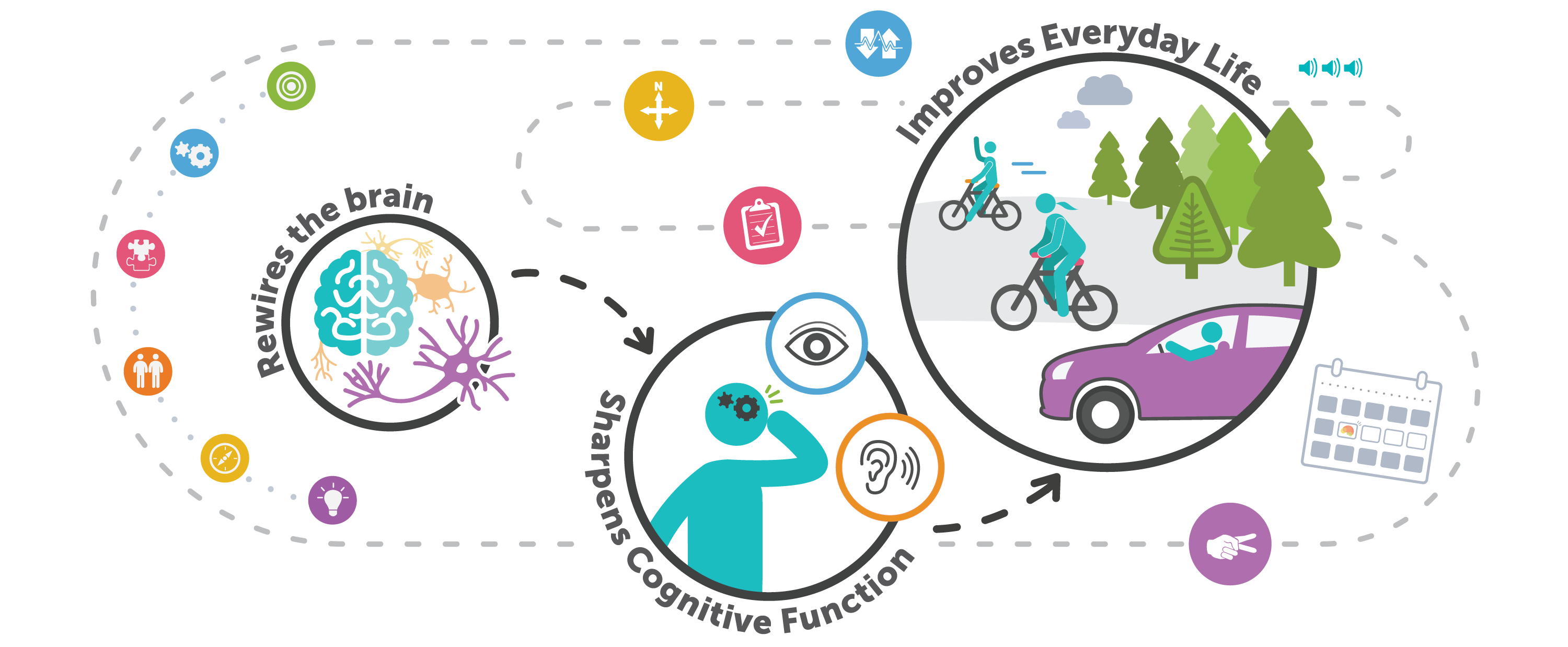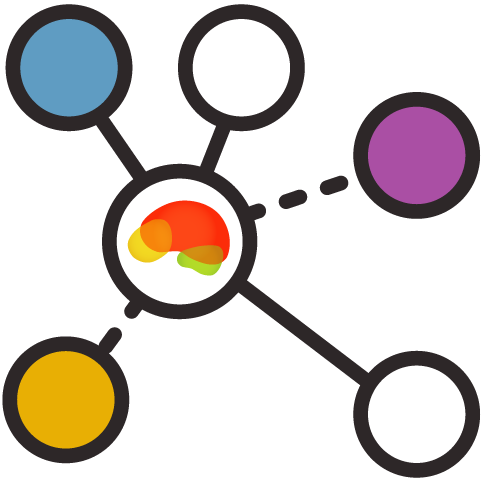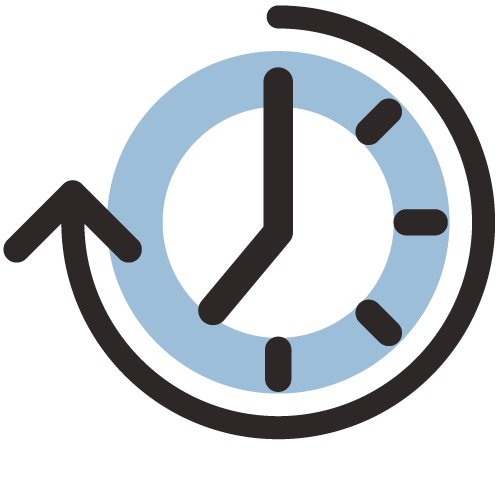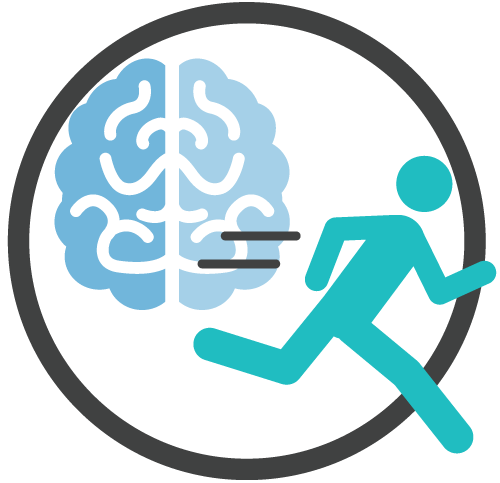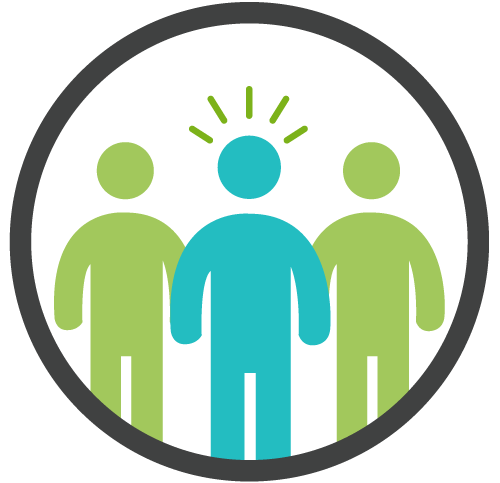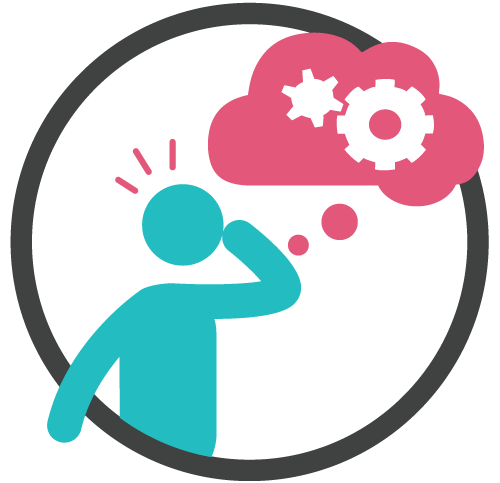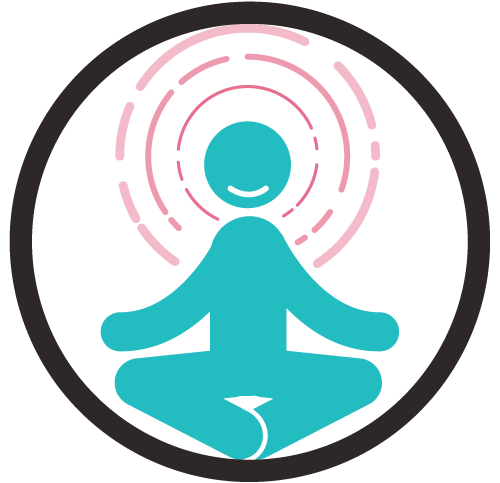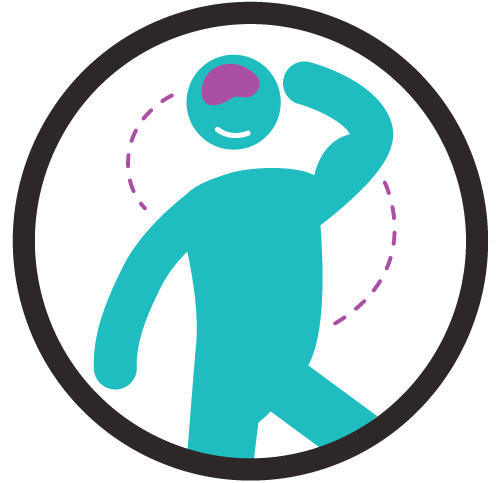Rewires the Brain
BrainHQ is designed to work through brain plasticity—the process by which the brain physically changes through learning, experience, and training. Making these physical changes to the brain is key to improved brain performance.
Every BrainHQ exercise challenges the brain’s speed and accuracy of information processing. Using smart adaptive algorithms, each exercise ensures that the challenge stays at a level just right for driving brain change—not too easy, but not too hard. The result is that BrainHQ exercises rewire the brain, improving brain activation, timing, and connectivity between different brain regions.

